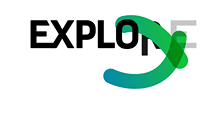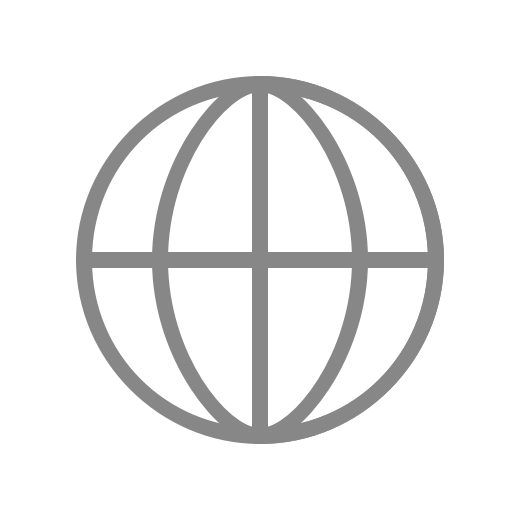

In the turbulent world of hospitality, internal
communication isn’t just a nice-to-have, it’s an essential. With hotel teams
made up of employees of multiple nationalities and backgrounds,
miscommunication is all too common. 24/7 operations, high staff turnover plus
language barriers among diverse teams, make seamless collaboration a real
challenge.
That’s where solutions like hotelkit come
in. As a digital internal communication platform built specifically for the
hospitality industry, hotelkit is helping hotels streamline team communication
and daily workflows across departments and locations.
In this article, we’ll explore how digital tools like
hotelkit are reshaping internal communication in hotels—especially in
multicultural, multilingual environments. We’ll break down common challenges,
practical solutions, and real-world examples from leading hotel groups.
Why internal communication in hospitality is so complex
In a hotel setting, internal communication isn’t just
about sharing company updates, it’s about keeping every department connected in
real time to ensure smooth daily operations. The complexity goes far beyond
what you might find in a typical office environment.
Here’s what makes it so unique and complex
- Frontline
staff don’t have regular access to email yet need
to stay informed about VIP guest requests or last-minute changes.
- Housekeeping
needs live updates on room statuses and
priorities.
- High
staff turnover makes continuous onboarding
necessary.
- Engineering
teams must be alerted to urgent repairs.
- Decisions
happen fast, across shifts, and teams.
Now add language barriers, time zones, and global hotel
chains, and internal communication becomes even more complex.
The many layers of communication in hotels
How to ensure smooth operations
- Top-down
communication: Management shares important
updates, new policies, training resources, or brand standards with hotel
staff across locations.
- Bottom-up
communication: Staff raise issues or suggest
improvements boosting engagement.
- Peer-to-peer
communication: Teams coordinate daily tasks,
handovers, and shift updates.
- Crisis
communication: During emergencies, fast, clear
updates are crucial for safety.
The situation becomes really challenging when several
complex factors come together: International hotel chains, for example, often
have a centralised team in one country, while their properties are spread
around the world – which makes coordination and communication considerably more
difficult. In addition, many employees do not have a fixed desk and therefore
no access to traditional digital tools. In shift work, on the other hand, it is
often difficult to track who has done what and when. Without a digital,
centralised tool, important information is easily lost or misunderstood – with
negative consequences for guest satisfaction and employee motivation.
How you benefit from digital tools in internal communication
Digital tools can transform internal communication from
chaotic to seamless. When tailored for hospitality, they do more than just send
messages, they become the operational glue that holds every department together
centralizing updates, breaking language barriers, and keeping teams aligned –
no matter the location or shift. So, how exactly do digital
internal company communication tools make a difference?
1. Breaking language barriers
- Use multilingual
communication platforms that support automatic
translations.
- Share
visual content (images, videos, icons) to make messages clearer across
cultures.
- Create standardized
templates for recurring updates to minimize
misinterpretation.
2. Centralizing information for everyone
- A
digital communication software can serve as a central hub for
all updates, shift plans, SOPs, and announcements.
- With
mobile access, even the staff always on the move, housekeeping or
maintenance teams, can stay informed in real time.
3. Creating a culture of transparency
- Encourage
regular feedback and suggestions through interactive digital
channels.
- Use built
in social/newsfeeds or announcement boards to
share company updates and celebrate team successes.
Best
practices for implementing a digital internal communication program
Adopting new tools is only part of the journey. To truly
improve communication, you need the right strategy and support.
That’s how you make the most of your digital communication tools
- Choose
a hospitality-specific solution that understands
your workflows and team structure.
- Onboard
all staff members properly, with training
available in multiple languages.
- Encourage
full adoption across departments and
locations.
- Integrate
with existing tools (e.g., PMS, HR software) to
avoid tool overload.
- Track
engagement to see which messages resonate and
where improvement is needed.
Best practice example: Radisson Hotel Group
At hotelkit, we’ve seen how hotels around the world have
improved collaboration by introducing digital internal communication tools. The
Radisson Hotel Group exemplifies how digital internal communication can unify
large, diverse teams. With over 40,000 employees across 95+ countries, they
rely on a centralized platform to standardize processes, ensure transparency,
and enable efficient collaboration at scale.
Fully integrated into their tech ecosystem, hotelkit supports 27+ interface
languages and offers content translation in over 110 languages ensuring clear
communication regardless of location or background. From
corporate-level updates such as brand standards and financial protocols to
daily hotel operations like room inspections, cleaning workflows, and repair
tracking, every layer of the organization is connected through one digital hub.
The result: consistent communication, operational excellence, and a globally
aligned team.
Full
case study of the Radisson Hotel Group
Conclusion: communication without limits
Internal company communication doesn’t need to be
complicated, especially in the diverse world of hospitality. By adopting a
digital internal communication program, you can break through language
barriers, build stronger teams, and create a more efficient and unified
workplace.







